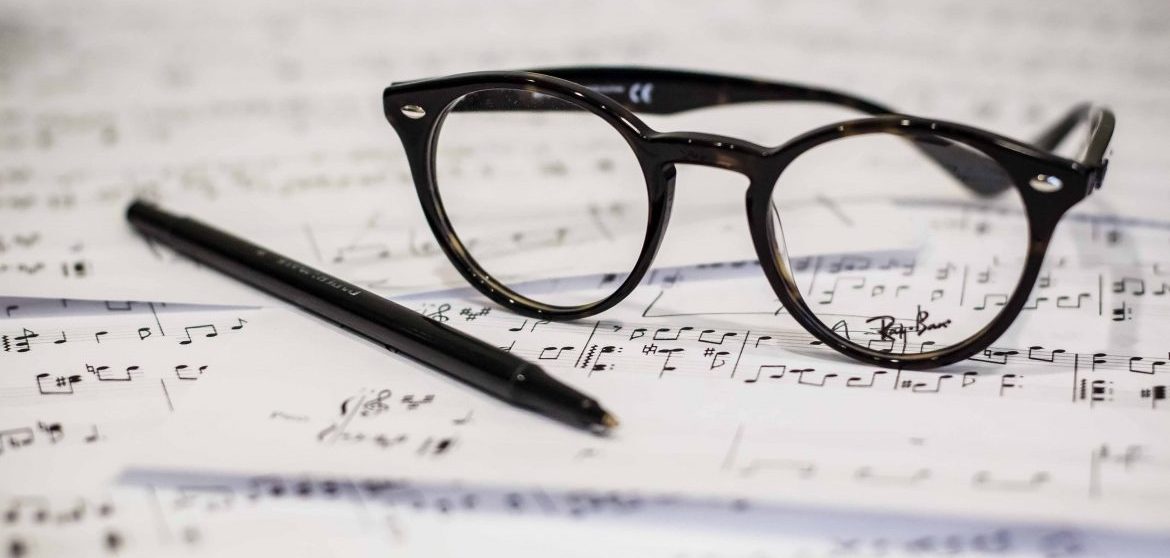
The Minisymposium “Music and Mathematics”
by Sara Munday
As is by now customary, along with the plenary lectures and activities around the general assembly, we were treated to a choice of 10 minisymposia. Of these 8 were in various areas of pure and applied mathematics, from mathematical logic and “PDEs around the world”, to optimization theory and linear operators. There was also a session on mathematics in industry. I want to talk briefly about the other interdisciplinary offering: Mathematics and Music. Organised by Karin Baur (Leeds) and Laura Tedeschini-Lalli (Roma Tre), the session was exceptionally well attended, with an attentive and engaged audience.
I was very much the novice amongst the group of speakers, being essentially completely new to this sort of application. I spoke about the connection between the theory of continued fractions, dynamical systems and the notion of a well-formed scale, as an introduction to a research project recently started (and still very much a work in progress!) with Stefano Isola. The idea of a well-formed scale is essentially that it is generated by a particular interval (for instance, a perfect fifth) and that it can be thought of as being symmetric in some sense – which of course leads immediately to this notion being a mathematical, as well as music-theoretical, one.
The Myhill property for a well-formed scale, speaking very roughly, is essentially an application of the celebrated three-distances theorem, thinking of the notes of a given generated scale as orbit points of a rotation on the circle.
The connections between mathematics and various forms of art are nowadays rather fashionable, in particular under the auspices of science communication. A quick search on youtube yields a plethora of videos on the connections between mathematics and art, and mathematics and music. However, there is a danger that the actual mathematical and scientific content can be lost, in a sort-of free association of words and images. Mathematics becomes something “cool”, the outreach to artists a handy way of attracting “interdisciplinary” funding, but in the end, there can be a sense that no genuine bridges have been built.
Mathematics becomes something “cool”, the outreach to artists a handy way of attracting “interdisciplinary” funding, but in the end, there can be a sense that no genuine bridges have been built.
This is most certainly not the case for the project brought to us by Karin Baur and the composer Tamara Friebel. They gave a beautiful joint seminar, with Karin first introducing us to various algebraic notions: friezes of real numbers; how the entries grow and shrink; patterns that can be extracted. Then Tamara took over, letting us into her creative process, as she developed graphical scores, intended to be improvisationally interpreted by musicians and singers, based upon the patterns found in the work of Karin. We heard various samples (if I had to give a small criticism, it would be that there was not enough time to form a proper impression of the music, the samples were really too short), for the interested reader, the project webpage contains examples of the scores produced and audio/video samples.
We also heard about the work of Monika Dörfler (Vienna), an expert in harmonic analysis, who gave a talk entitled, “A mathematical description of musical signals“. Monika’s work tackles time and frequency analysis of musical signals, that is, she aims to optimise the extraction of simultaneous time and frequency information contained in a given signal. Classical Fourier transform methods do not allow for an exact separation of signal components in this way, so she has developed innovative “windows” that can be adapted more organically to pieces of music, depending on the features of the signal at various times.
Finally, Laura Tedeschini-Lalli gave us an introduction to the topic of how we hear space. How is our hearing of space codified? One way in to this question is via empirical entropy, introduced in the seminal work of Claude Shannon. We recreated the famous experiment: the idea is to recreate a text by guessing, letter by letter, and after each guess the correct letter is supplied. The entropy of the text is then a measure of the information contained in a particular guess. Some guesses are clearly easier than others; if you are given the string m-a-t-h-e, there is essentially no uncertainty about the following few letters. There is more to the story though. A given text, and by extension, a given language, does not only contain information at the level of letters, but also at the level of words, sentences, paragraphs and so on. The same type of analysis can be given to music, and to sound more generally. We can search for information at various timescales, from intervals of seconds, to fractions of seconds, to almost imperceptibly small intervals of time that correspond to the deformations of signals around the folds of our ears as we move our heads to gather more accurate spatial information from sound signals.
In summary, it was a pleasure to be invited to speak at such a rich and varied session, and it was yet another example of how being a part of the EWM brings always something new and stimulating to my mathematical world.
Text comment...
Leave a Reply
You must be logged in to post a comment.